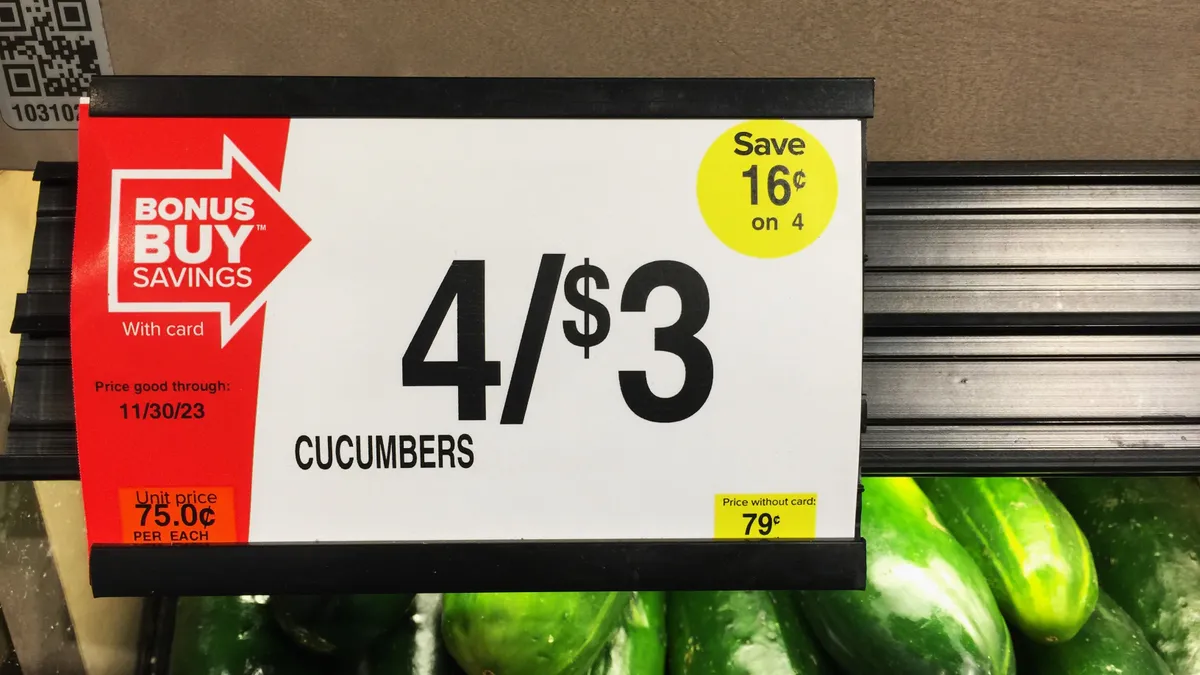Pricing is a game that businesses should play strategically — at least that's how Boston Consulting Group sees it.
More specifically there are seven pricing “games,” or strategies, that businesses may choose to play, BCG experts wrote in the book "Game Changer: How Strategic Pricing Shapes Businesses, Markets, and Society."
Whether CX is a player on the roster can vary, for better or worse.
“It is unusual for pricing to be part of CX,” Arnab Sinha, managing director and senior partner and global lead for revenue management, at BCG, said in an email. “However, it is good for the pricing and CX functions to work closely with one another. The level of closeness depends on the game the company is playing.”
If a business opts for a game involving uniform pricing or prices based on commoditized markets, CX is less of a factor, said Sinha. But if the game is meant to align with customer values or is segmented, CX is deeply intertwined.
The reason, he said, is because pricing has the power to influence a customer’s relationship to products and services.
Fellow consulting firm PwC also holds this view: CX should be considered at every customer interaction and touch point, George Korizis, PwC’s U.S customer transformation practice leader, said in an email. That includes pricing, whether or not it’s acknowledged as part of the function.
“Even if businesses do not formally consider pricing as part of their CX strategy, it is indisputable that pricing plays a critical role in shaping the customer relationship and fostering a critical element of positive (or negative) experiences," Korizis said. "The price affects perception, trust, emotional response, accessibility and expectations — all of which are fundamental aspects of the customer experience."
Types of pricing and their impacts
Pricing involves more than the base amount or manufacturer’s suggested retail price. Businesses can use discounts, limited-time offers, incremental payments and other mechanisms in ways that further their branding strategy, Korizis said.
“The presentation of pricing can influence perceptions, emotions and behavior, shaping the overall customer experience,” he said.
One explanation for this is that CX hinges on whether customers feel they’ve received fair value throughout the transaction, according to Sinha. Providing options beyond the sticker price can help customers feel like they’ve received a fair deal.
Emotions associated with landing a bargain, for example, can increase customer satisfaction. Though, Korizis cautioned, mechanisms like flash sales could lead to impulse buys which, in turn, can decrease long-term satisfaction.
Incremental payments can generate ongoing relationships between the buyer and seller, thereby enhancing loyalty. There can even be allure in higher price tags, Korizis continued, as luxury items tend to entail a more personalized buying experience, thus fostering a positive CX.
At the intersection of CX and pricing, no matter the mechanism, is transparency. PwC research has found customers value clarity and honesty.
“When customers understand the pricing and feel it aligns with the value they receive, their overall satisfaction and loyalty significantly increase," Korizis said. "Customers can also get frustrated when they don’t know the cost, and not integrating pricing into the customer experience can have very real downsides for organizations — including lost revenue,”
SaaS companies are particularly adept at CX-centric pricing models, Sinha said. The portfolio of solutions and associated prices help hook the customer, and then CX takes over to expand the partnership and continue selling over time.
Korizis pointed to a large online retailer that generates loyalty and satisfaction via its subscription model, which offers added benefits such as free shipping and access to online streaming services.
“We encourage our clients to view pricing not just as a financial tool but as a strategic lever to enhance overall customer experience and long-term business success,” Korizis said.
Dynamic pricing and the future
BCG’s seven pricing games and other strategies are meant to help guide businesses into the next generation of pricing models. It’s a future that some are already testing.
Fast-food chain Wendy’s made headlines when it tried dynamic pricing — a short-lived experiment that resulted in much blowback. Though it’s a mechanism that customers are used to seeing within rideshare apps, a HungerRush survey found 80% of consumers said they would stop going to a restaurant altogether or go at different hours to avoid surge prices.
Still, Korizis said he anticipates dynamic pricing will become more prevalent. But to avoid an outcome like Wendy’s, businesses will need to be more transparent and communicate more clearly.
Advanced technology, including generative AI, will help make price changes more precise and personalized.
“When done right, dynamic pricing can enhance CX by offering customers better deals and aligning prices with their willingness to pay, leading to higher satisfaction and loyalty,” he said.
The personalization aspect of CX will become more prevalent in pricing, Korizis expects. Data will allow businesses to segment customers and add personalized discounts based on past behaviors. Generally, more personalization can make for positive CX, so long as no ethical lines are crossed.
Korizis also anticipates subscription models and incremental payments that enable mechanisms such as bundling and payment flexibility will become more popular — businesses will do more to collect feedback on those schemes.
But the same core principles will continue to apply: transparency, responsibility and fairness.
“A transaction where both buyer and seller feel that value was shared fairly creates win-win outcomes,” Sinha said.

















